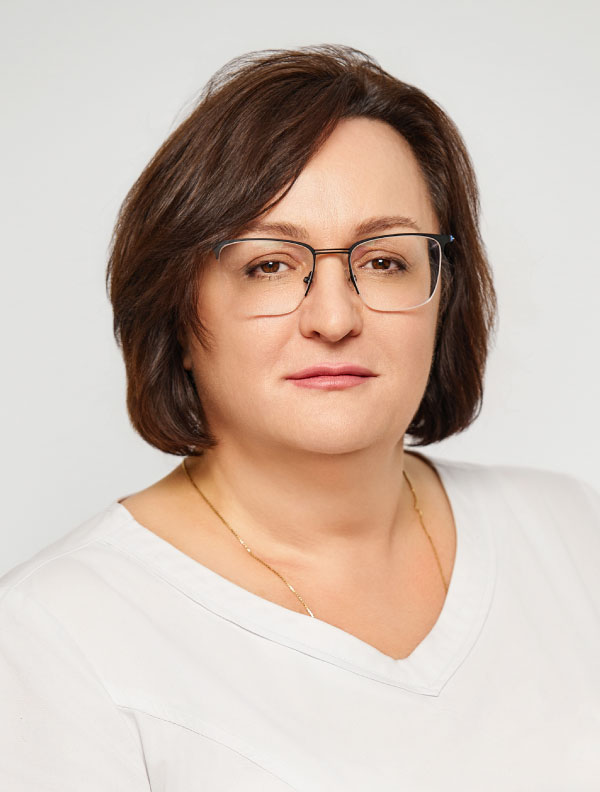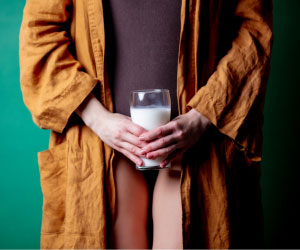What is called thrush?
Thrush is the common name for candidiasis, an inflammation caused by the yeast-like fungus Candida. The disease is called thrush due to the appearance of white flakes resembling cheese on the affected areas of the mucous membrane or in secretions. This disease is life-threatening only for people with severely weakened immunity, such as AIDS patients. For the rest, thrush does not threaten life, but reduces its quality. Treatment may require considerable effort, but almost always ends in complete success.
Thrush causes
Thrush is caused by the yeast fungus Candida albicans. These fungi are part of the normal microbiome of the skin and mucous membranes and are usually harmless. But when the microflora balance is disturbed and the immune system is not effective enough, Candida albicans, which are no longer restrained either by antagonistic bacteria or by the immune system, begin to grow rapidly. The result is inflammation - candidiasis.
Mucous membranes are most often affected, as the fungus multiplies and grows in a moist environment. However, the skin can also be damaged, especially in places with increased sweating (folds, armpits, skin under the breasts in women, on the legs between the toes). In people with immunodeficiency, the infection can become generalized and affect internal organs.
A yeast infection can be brought in from the outside, for example, transmitted during sexual intercourse. However, since Candida fungi are present in most people and do not cause inflammation, it is not classified as an STD (sexually transmitted infection).
Decreased immunity is a necessary condition for the appearance of thrush. Therefore, it is often affected by babies, the elderly, and those who are going through hormonal changes. Certain medications, including antibiotics and corticosteroids, reduce immunity. Diabetes, anemia and oncological diseases cause permanent impairment of immune system functions. In pregnant women, immunity is reduced due to natural causes, so thrush is also not uncommon.
Species of thrush
Candidiasis is classified depending on where it develops. Oral thrush, or oral candidiasis, is common in young children. When the infection covers not only the mouth, but also the throat, it is oropharyngeal candidiasis. Another common location is the genitals. Due to anatomical reasons, genital candidiasis is more common in women, but men also suffer from it. If a woman's vagina and external genitalia are affected by a fungal infection, this is vulvovaginal candidiasis.
There is also candidiasis of the skin and intestines, and in immunocompromised people, candidiasis of the brain, heart, and lungs can develop.
Thrush: symptoms
In most cases, thrush has local symptoms, that is, those that are in the center of the lesion, but do not affect the body as a whole. Itching and burning are the most characteristic.
Candidiasis of the skin looks like red or purple spots that rise slightly above the skin. The affected skin itches.
How does thrush look like in the oral cavity? As an inflamed, red and loose mucous membrane, covered with white flakes, or raised whitish spots on the gums and tongue, sometimes also on the palate, cheeks, tonsils. It often develops in babies and causes painful sensations during feeding, so the baby is fussy and refuses to eat. Adults call the sign of oral candidiasis augesia (loss of taste) and feeling of cottony feelings in the mouth. A sore throat is accompanied by painful swallowing, a feeling of a foreign object stuck in the throat. If the white spots are scraped, the mucous membrane under them is swollen and bleeding. Another manifestation of thrush in the oral cavity is areas of inflamed and cracked skin at the corners of the mouth.
Genital candidiasis in men is manifested by irritation, redness and burning of the head of the penis and under the foreskin. It is painful for a man to pull back the foreskin, and under it there is inflamed tissue and the same white spots. White cheesy secretions and burning in the urethra appear after urination.
Genital thrush in women is primarily manifested by abundant liquid vaginal discharge with an unusual smell and an admixture of white flakes. The mucous membrane of the vulva is red, swollen. Urination causes burning and pain due to urine hitting the irritated mucous membrane, the same unpleasant sensations are caused by sexual intercourse. Vaginal candidiasis in the late stages of pregnancy poses a certain danger, since the loose, inflamed tissue of the vagina has low elasticity and resistance. As a result, giving birth to even a small, normal fetus leads to ruptures..
Intestinal candidiasis is often the result of long-term antibiotic use. It is manifested by persistent diarrhea regardless of what a person eats.
Generalized fungal infection in people having low immunity causes general symptoms: fever, poor health.
Diagnostics of thrush
After identifying the characteristic signs of fungal damage, the diagnosis is beyond doubt. To confirm the guess, the doctor can try to clean the lesions from the whitish plaque. Under them will be an inflamed, painful, slightly bleeding surface.
If there is doubt as to what exactly caused the inflammation, a bacteriological analysis of a smear or scraping of the damaged area can be performed.
Thrush: treatment
Treatment for thrush consists in taking antifungal medications. They inhibit the overgrowth of Candida albicans. They are supplemented with anti-inflammatory and antiseptic medications. Depending on where the candidiasis has developed, the treatment varies: drugs of general action, vaginal suppositories, ointments, douches and their combinations, if necessary.
Thrush - how to treat it:
- Medications for internal use: Fluconazole, Nystatin, Orungal.
- Vaginal suppositories: Pimafucin, Livarol, Zalain, Limenda.
- Gargle for the mouth and throat: Nystatin, Fluconazole, baking soda solution.
- Ointments and sprays: Nizoral, Estezifin, Lamifen, Lamicon, Dermazol..
These are examples of medicines, but only a doctor should prescribe treatment.
The second part of the therapy is to restore immunity. Anything that has a beneficial effect on the immune system helps to recover from thrush and prevents recurrences. Immunomodulatory therapy is prescribed for people with a severe form of immunodeficiency. For others, strengthening measures are enough: a balanced diet, physical activity, a normal work and rest regime.



























